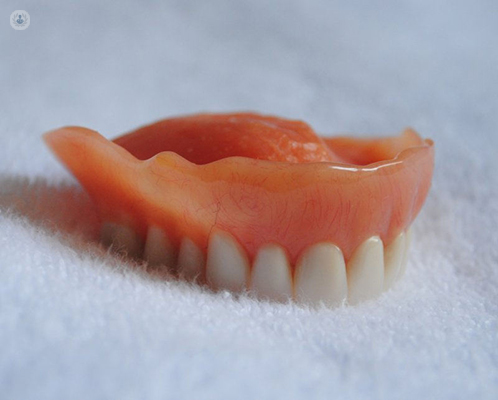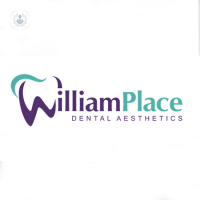Removable dentures

What are removable dentures?
Removable dentures, better known as false teeth, are prosthetic teeth made from material such as acrylic and metal, which fit over the gums and/or remaining teeth to give the appearance that the patient still has a full set of teeth. Dentures also help patients missing most of their teeth to chew food and speak normally. However, they may not bite as effectively as the patient's own natural teeth.
Dentures should be removed from the mouth to clean them and possibly while sleeping.
There are two types:
- Complete dentures – a full set of false teeth for either the upper or lower jaw, or both.
- Partial dentures – removable replacements for just one or a few teeth.
Why get dentures?
Dentures become necessary if the patient has lost all or most of their natural teeth, or if the teeth that remain are in such a poor condition that they decide dentures would be the better option. They bring the following advantages:
- Reduce problems with eating
- Prevent problems with speaking
- Improve the aesthetic appearance of the smile
- May boost the patient’s confidence.
How are dentures fitted?
For full dentures, first any remaining teeth in the jaw must be removed. The dentures are usually fitted the same day so that the patient doesn’t have to go without teeth. If several teeth are removed at once, the shape of the gums may change in the following weeks or months, so the dentures may need to be realigned or remodelled a few months later.
The dentist will take impressions (moulds) and measurements of the patient’s mouth and send these to a clinical dental technician, who will create custom-made removable dentures for the patient.
A partial denture consists of one or more false teeth designed to fill a gap. They clip onto adjacent teeth with metal clips, which can easily be unclipped to remove the denture.
Life with dentures
Oral hygiene is extremely important – this includes brushing the gums and any remaining teeth the patient has. The dentures themselves should be cleaned twice a day, as with natural teeth, and should be brushed thoroughly with toothpaste or soap and water, and soaked in a fizzy solution of denture-cleaning tablets to remove bacteria and stains.
Eating can be difficult at first, and it is advisable to start with soft food cut into small pieces, gradually building back to a more complete diet. Chewing gum and other particularly sticky or hard food can cause problems.
It is important to follow the dentist’s instructions and contact them with any problems encountered with the removable dentures.



